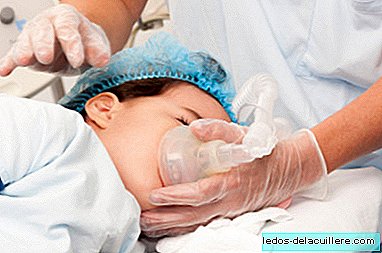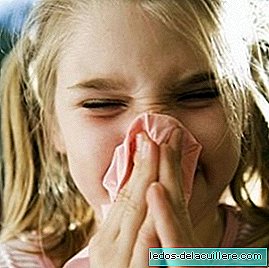
We have put our hands to the head to know the case of the 6-year-old boy from Olot infected with diphtheria, a disease that we thought was forgotten and that we barely know how to pronounce.
It is known that it is a serious respiratory disease that has the child struggling between life and death in the ICU of the Vall d'Hebrón hospital in Barcelona. Fortunately, he responds to the drug and doctors believe he will get ahead, but we will learn more about the Diphtheria: what it is, how it is spread and how it is cured.
What is diphtheria?
Diphtheria is a contagious respiratory disease that is caused by the infection of the bacteria Corynebacterium diphtheriae It produces a toxin that affects the respiratory tract in such a way that it can cause asphyxiation to the sufferer.
It mainly affects the tonsils, throat, nose, myocardium, nerve fibers or skin.
Once contagion occurs and there is infection, the bacteria begin to generate toxins that spread to organs such as the heart and brain, causing irreparable damage.
Before the diphtheria vaccine appeared in the 1940s, it was a major cause of death in children, but thanks to it the disease has virtually disappeared in developed countries.
About one in ten people who get diphtheria will die as a result of the disease. In children under 5, up to one in five who get diphtheria will die Because of the disease.
How is it spread?
It is spread by respiratory, for respiratory droplets exhaled when breathing and speaking, by people with the disease or carriers of the bacteria without symptoms.
The Symptoms manifest between 2 and 10 days after infection. The most frequent are: headache, fever (not necessarily high), chills, difficulty swallowing and swollen lymph nodes in the neck area.
Diphtheria toxin can affect the heart, causing an abnormal heart rhythm and even heart failure. It can also affect the nerves and produce paralysis.
Diphtheria toxin produces a thick layer on the back of the nose or throat that can be white or grayish (diphtheria membrane) that reproduces a mold of the airways and prevents the person from breathing.
The most frequent form is pharyngeal diphtheria, which can spread to the larynx and trachea as a result of being fatal due to airway obstruction. In infants, the most common form is nasal diphtheria, a less toxic respiratory condition.
How is it treated?
The treatment is based on the eradication of C. diptheriae by means of the antibiotic administration to eliminate diphtheria bacillus and stop toxin production.
It is also administered a single dose of diphtheria antitoxin. This should be done as soon as possible to neutralize the toxin that is already circulating in the blood before it becomes fixed to the tissues. In very severe cases, highly purified preparations of faster-acting intravenous use are used.
If the person has not been vaccinated, they should receive the vaccine according to the patient's age since the disease does not confer persistent immunity.
The prevention of the disease lies in the correct administration of the diphtheria vaccine. Universal active immunization against diphtheria is the most cost / effective measure for the prevention of this disease.












